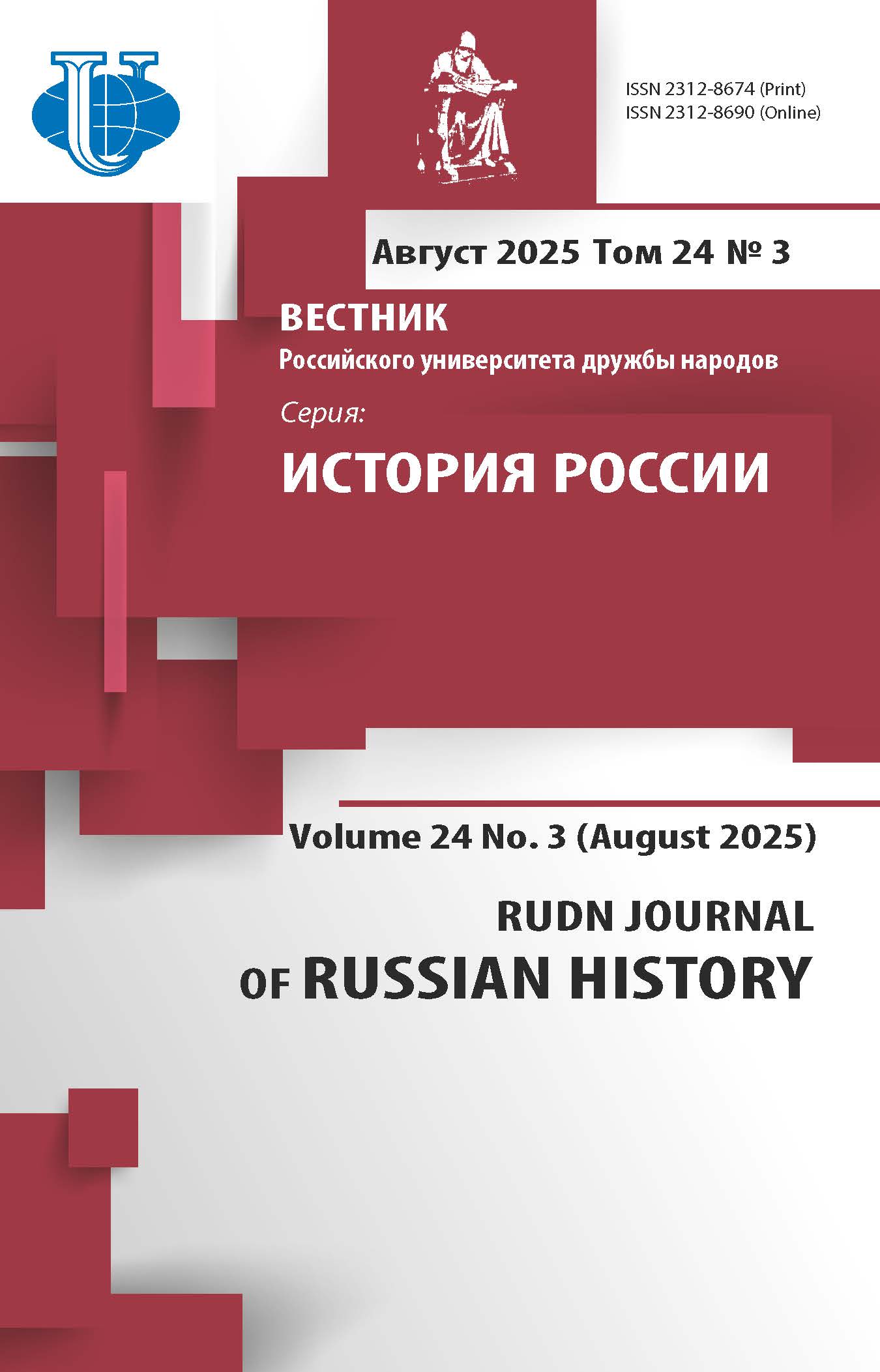SEARCH OF NATIONAL STYLE IN RUSSIAN ARCHITECTURE IN XIX - EARLY XX CENTURIES
- Authors: Semichevskaya TS1
-
Affiliations:
- Peoples’ Friendship University of Russia
- Issue: Vol 15, No 1 (2016)
- Pages: 83-90
- Section: ARTICLES
- URL: https://journals.rudn.ru/russian-history/article/view/4221
- ID: 4221
Cite item
Full text / tables, figures
Abstract
This article deals with the process of establishment and development the Russian revival style in Russian Empire’s architecture of the 19th - early 20th centuries. During this period Russian society experienced intense changes that included innovations in technology, engineering and the art of building. Taking its origin from “Russian-byzantine” style in orthodox church building, the Russian revival style developed as a mixture of tradition and innovation. This eclectic style was inspired by the romantic revival movement of Western Europe and based on the interest in the historic monuments of the nation, especially in examples of pre-Peterine Russian architecture of the 17th century. The historicism of Russian Revival style resonated with the popular nationalism and pan-Slavism of the period. New style became a manifestation of the Russian national idea depicting in stone the specialty and uniqueness of our history and culture. Today the increasing interest to national cultural heritage actualizes the investigations of this extraordinary period of creativity represented by works of such famous architects as V. Stasov, K. Thon, V. Sherwood, I. Ropet and others. The appealing to “Russian-byzantine” style in modern church construction shows the power and vitality of its creative impulse.
About the authors
T S Semichevskaya
Peoples’ Friendship University of Russia
Email: t.semichevskaya@gmail.com
Department of Russian History
References
Supplementary files















